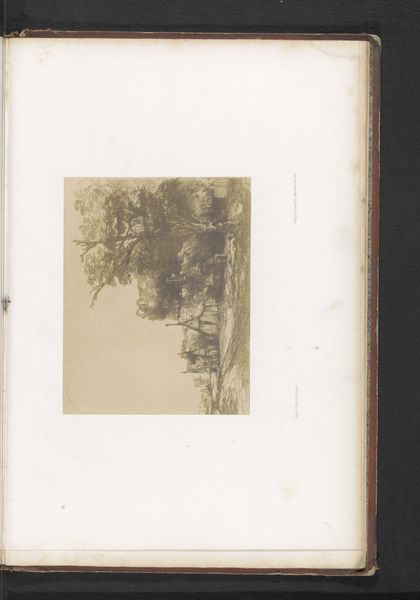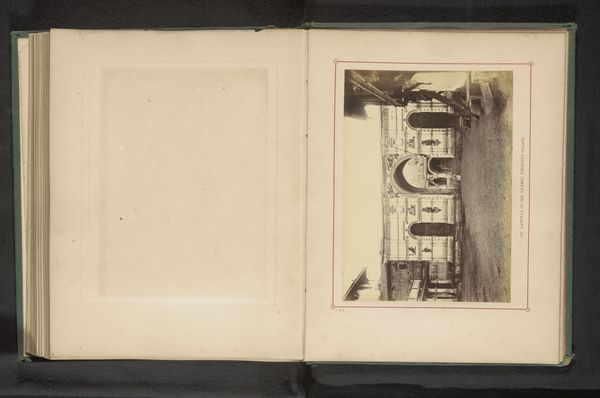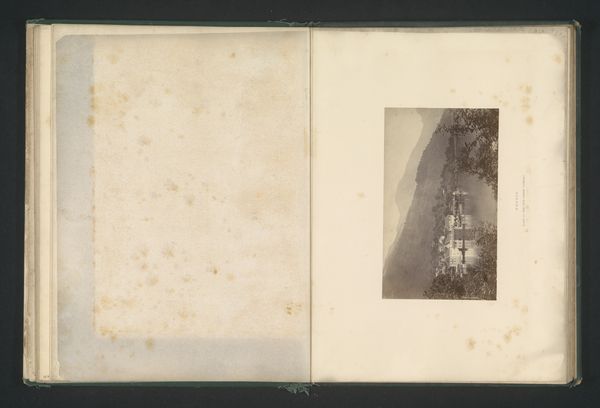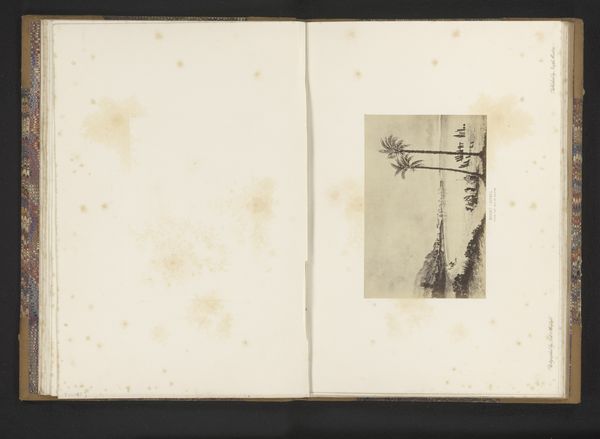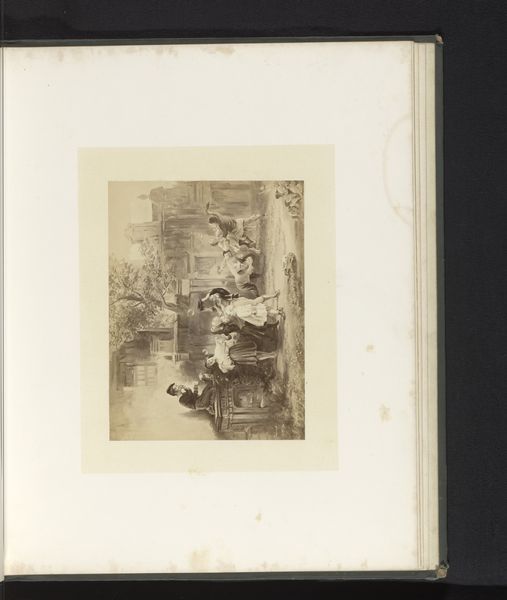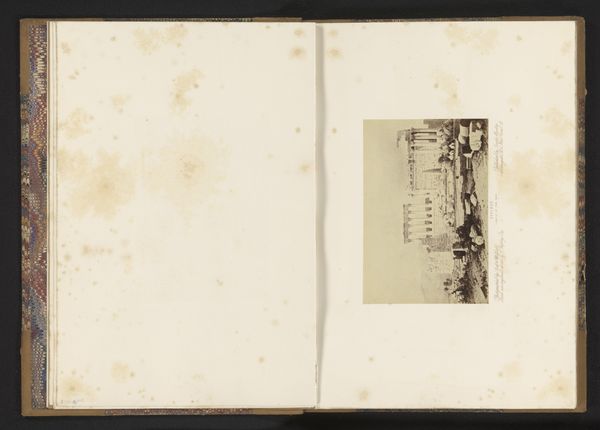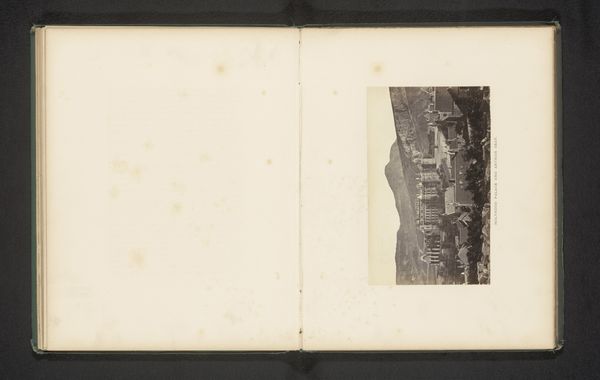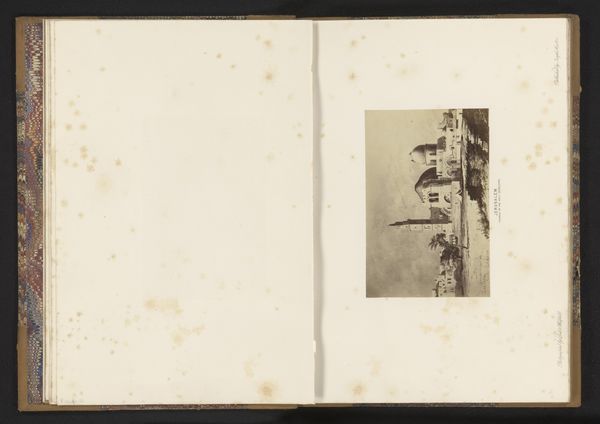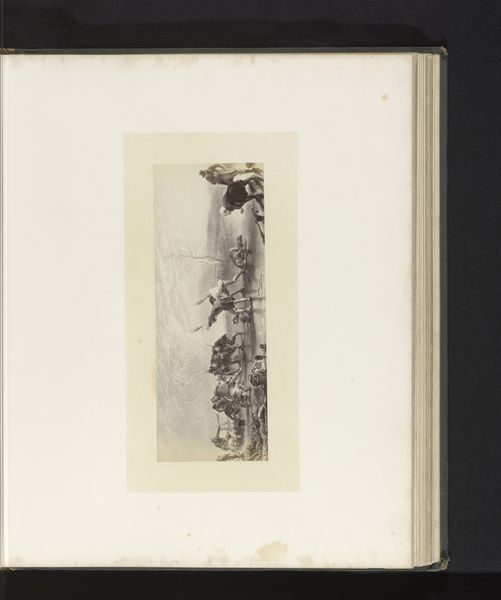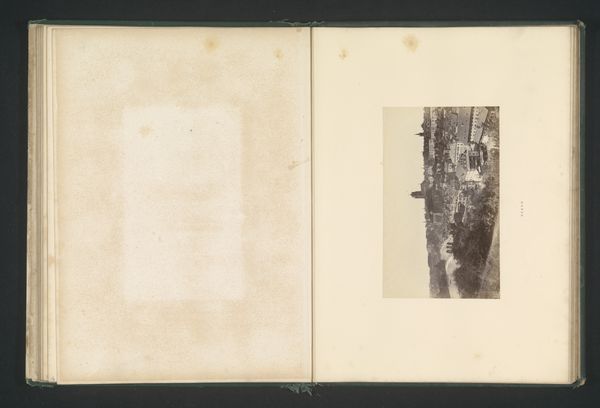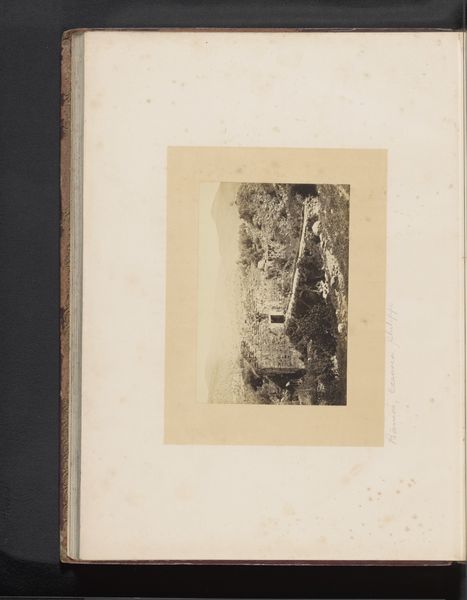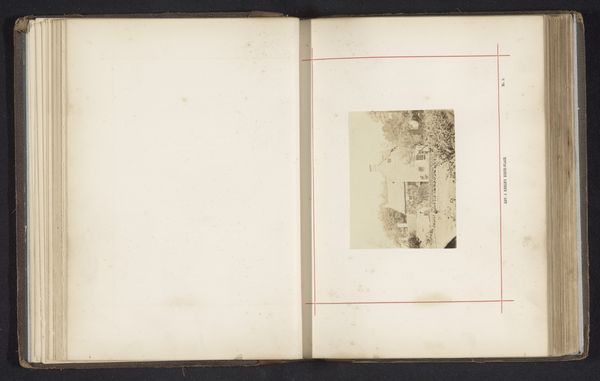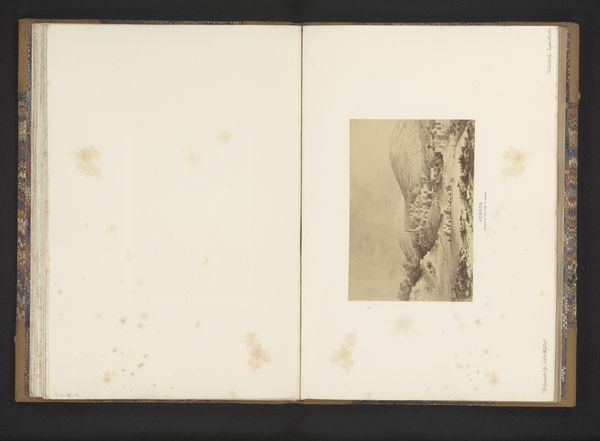
Fotoreproductie van een ets van een molen door Rembrandt van Rijn before 1853
0:00
0:00
bissonfreres
Rijksmuseum
print, etching
#
dutch-golden-age
# print
#
etching
#
landscape
Dimensions: height 147 mm, width 212 mm
Copyright: Rijks Museum: Open Domain
Curator: Welcome. Today, we're looking at a photogravure, created before 1853, after an etching by Rembrandt van Rijn, showing a windmill in the Dutch countryside. It resides here at the Rijksmuseum. Editor: Immediately striking is the level of detail. The artist really captured the textures of the wooden structure, almost rendering it photographically despite the artistic medium of etching. There’s an appealing somber mood too, isn't there? Curator: Yes, absolutely. The use of etching, particularly in Rembrandt’s era, afforded artists a remarkable means to disseminate their work. It’s a democratizing medium. This photogravure allows a wider audience to see and experience Rembrandt's vision. This work allows viewers to access landscapes they otherwise might be disconnected from. Editor: Absolutely, that connection to place resonates. But I'm also wondering about windmills more broadly as symbols. They harnessed nature’s power. Here, the artist positions the landscape as both a place of labor and potential. Curator: Indeed, it reflects the ingenuity of the Dutch Golden Age. Windmills were crucial infrastructure. Beyond mere function, this highlights an intricate connection between landscape, industry, and social structure. The etching aesthetic in particular carries this tension, being a painstaking process married to depicting functional automation. Editor: That brings to mind contemporary debates surrounding labor automation. We're still wrestling with who has access to technological advancement, or is impacted by it, or profits from it. Here in the Rijksmuseum it prompts questions of value, who is rendered in artworks like these, what their relationship to nature looks like, and who might be absent. Curator: It's important to reflect on art beyond mere aesthetics, consider that artworks themselves are cultural products too. How their existence hinges on patronage, the market, and institutions like our museum. It adds layers to our understanding. Editor: Thank you. That's such a salient point about accessibility. Art’s power grows when we critically engage with it. Curator: A truly apt way to see things.
Comments
No comments
Be the first to comment and join the conversation on the ultimate creative platform.
